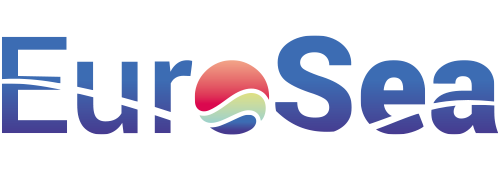
Description
The innovative approach here involves developing ocean indicators that are both user-centric and finely calibrated. These indicators pertain to critical oceanic aspects like CO2 uptake/storage, heat content, and acidification. By making these indicators available, the project offers decision-makers a nuanced, timely snapshot of the ocean’s state.
Impact During the Project
Enhanced Ocean State Awareness for Policy Decisions:
Traditional State: Before the introduction of these user-driven indicators, policymakers and decision-makers might have relied on generalized or less-specific oceanic data, which may not have always aligned with their specific requirements or didn’t capture seasonal nuances.
Advancement: With these tailored, seasonal forecast ocean indicators, there’s a precise, calibrated tool available for policy decisions. Their use in foundational reports like the Ocean State Report amplifies their significance and credibility. As a result, decisions made using these indicators are more informed, aligning with real-time oceanic conditions.
Impact Post Project
Propagation of Methodology for Diverse Indicators:
Traditional State: Earlier techniques for developing oceanic indicators might have been more rigid or not as responsive to specific user needs, potentially leading to gaps in policy decisions.
Advancement: The methodology used to formulate these user-driven indicators can be replicated and expanded to conceptualize further indicators as required. This adaptability ensures that as the ocean’s state evolves or as policy priorities shift, the indicators remain relevant. Their sustained use in cornerstone documents like the Ocean State Report underlines their ongoing relevance and applicability.
Advancement over and above State of the Art
The introduction of user-driven, well-calibrated seasonal forecast ocean indicators marks a pivotal step forward in the domain of oceanic observation and policy guidance. By centering these indicators around the users’ needs and ensuring they are finely calibrated, there’s a higher degree of precision and relevance. Compared to traditional methods or indicators, these newly introduced ones offer a granular, season-specific view of the ocean, which is invaluable for decision-making. The potential to expand this methodology to cater to evolving needs ensures that this approach remains at the forefront of oceanic observation and policy guidance for the foreseeable future.
Links and References
Link to D4.2 – Derive observable ocean climate indicators from seasonal forecast: https://eurosea.eu/download/eurosea_d4-3_ocean_climate_indicators_revised_resubmitted/?wpdmdl=5559&refresh=650197c8600a71694603208
